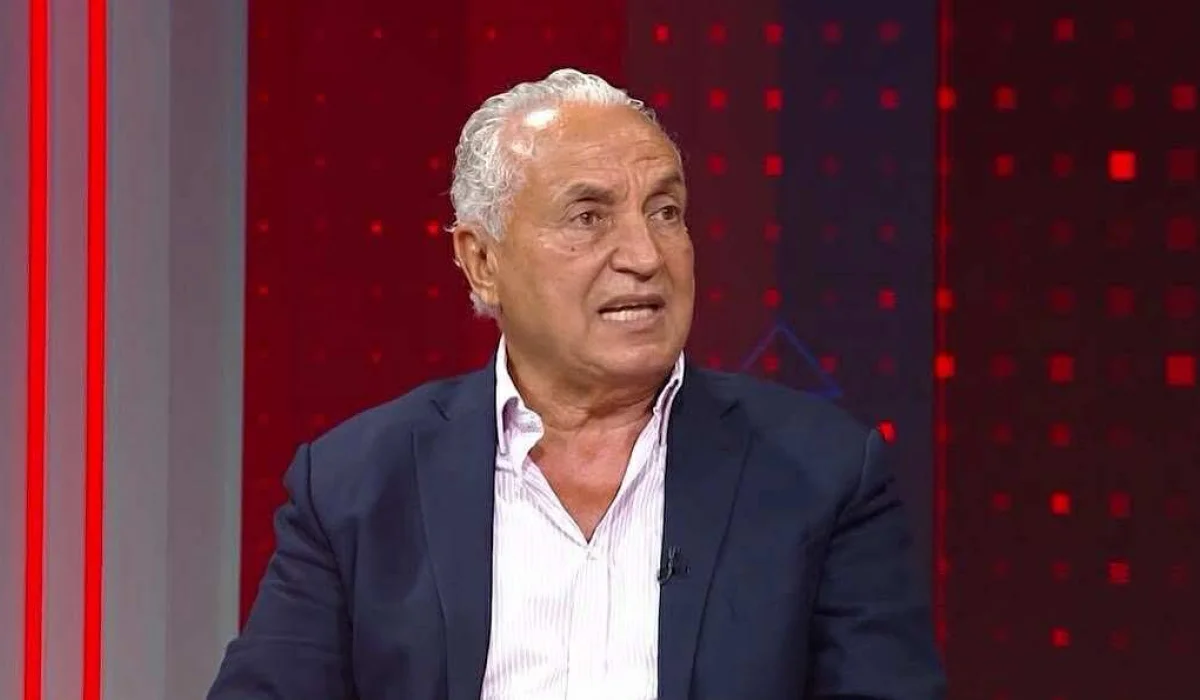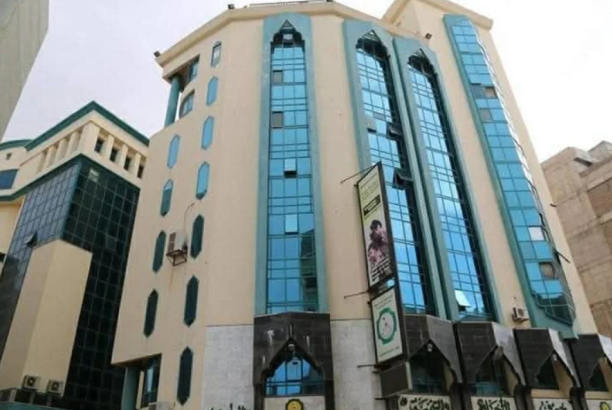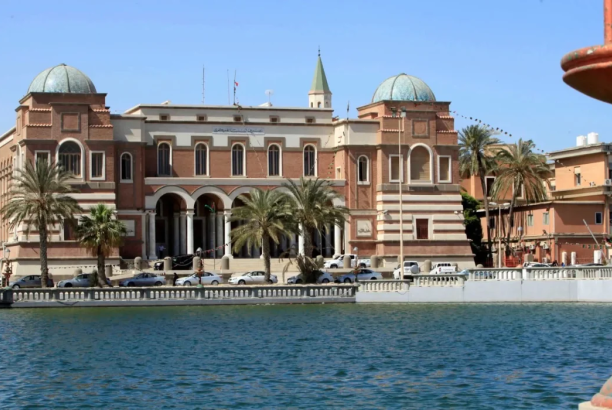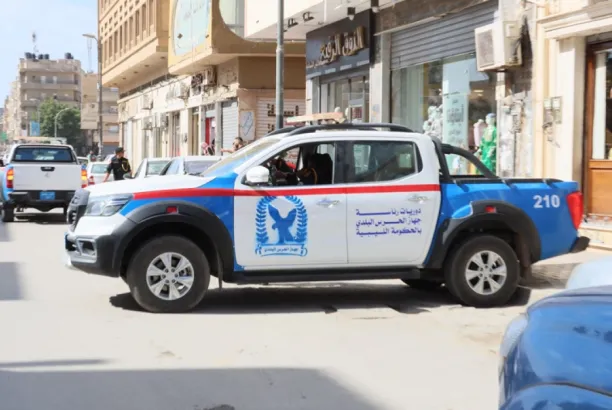
| News
Businessman Hosni Bey Explains the Dynamics of the Libyan Economy and the Causes of the Cash Shortage Crisis
Libyan businessman Hosni Bey explained the dynamics of Libya’s economy and the reasons behind the liquidity crisis during a session of the Economic Salon — a forum that brings together leading economists, banking professionals, financial brokerage managers, businesspeople, and young entrepreneurs, alongside members of Libya’s sovereign institutions.
He said:
“Personally, I do not believe in opposing market mechanisms, even if the market is not perfect.”
He continued:
“In my view, electronic payments can help ease the problem, but economic, monetary, and fiscal dynamics in any country are deeply interconnected.”
General Framework in Libya
Around 93% of public spending in Libya must be covered by revenues in U.S. dollars, whether from oil exports or foreign reserves.
This means the exchange rate must be set in a way that generates a sufficient amount of Libyan dinars (LD) to meet the government’s financial needs.
Interrelated Issues
The liquidity shortage, dinar devaluation, and currency speculation are all tightly linked and mutually reinforcing challenges:
- Cash shortage
- Devaluation of the dinar
- Arbitrage between cash, checks, and the U.S. dollar
Each reflects structural imbalances in the monetary base and liquidity management within the financial system.
The Liquidity Crisis: A Structural Problem
Libya’s liquidity crisis is structural, not temporary, and stems from how reserves and monetary policies are managed by the Central Bank of Libya (CBL).
Key facts:
- Regulations require mandatory reserves equal to 30% of total deposits.
- Excess reserves in cash — currently over 20% of total deposits — have been withdrawn by the CBL from commercial banks.
This constitutes a form of quantitative tightening (QT), the opposite of quantitative easing (QE). - Technically, to alleviate the shortage of cash in circulation, the CBL should release these excess reserves and replace them with newly printed currency to restore public confidence in banks.
CBL’s Measures and Statements
According to CBL data:
- The CBL expects the liquidity crisis to ease as 14 billion LYD in newly printed banknotes are distributed before the end of the year.
- The issue is expected to be fully resolved by 2026, with an additional 20 billion LYD in new notes.
- Current excess reserves are estimated at around 20 billion LYD, highlighting the extent of monetary tightening already in effect.
Exchange Rate and Public Spending
When the exchange rate fails to generate enough dinars to cover public spending:
- The government resorts to monetary financing of the deficit through the CBL.
- This increases the money supply (M3) and widens the gap between the official exchange rate and the parallel market rate.
- The widening gap fuels currency speculation and demand for dollars, worsening the crisis.
This gap not only undermines currency stability but also encourages inflation and erodes fiscal discipline.
Speculation and Price Differentials
The rise in arbitrage between cash, checks, and the dollar is a direct result of monetary policy distortions — and also deepens them.
When the gap between official and parallel rates widens:
- Speculative trading intensifies.
- Cash becomes more valuable than checks or bank balances due to its scarcity and public trust.
Hosni Bey added:
“You cannot have both currency stability and deficit financing while maintaining reserves and a fixed exchange rate. That’s a fantasy — one that has failed since 1982. It’s a lie.”
Certificates of Deposit and Rebalancing
The CBL previously used Certificates of Deposit (CDs) to address imbalances in the monetary base by shifting funds from:
- Current deposits (M1) to savings or term deposits (M2, M3).
The aim was to absorb excess liquidity and convert it into longer-term savings instruments, reducing pressure on the cash market.
However, the success of this approach depends heavily on restoring trust between banks and the public — and the first key to trust is liquidity availability.
Core Principles of Monetary Policy
The Central Bank of Libya must completely refrain from financing fiscal deficits, regardless of whether a formal budget exists.
Monetary financing of deficits leads to:
- Expansion of the money supply
- Widening of the gap between official and parallel exchange rates
- Worsening of liquidity shortages when the CBL borrows from commercial banks
The wider the gap, the more speculation grows and pressure on the exchange rate intensifies.
Legal Framework (Libyan Law)
According to Libyan legislation:
- The CBL cannot finance the government by more than 20% of the annual budget.
- This financing must be repaid within the following fiscal year.
- It cannot be repeated more than once.
This provision aims to prevent chronic reliance on monetary deficit financing and to protect the stability of the monetary base.
Rebalancing and Reforming the Monetary Base
Achieving monetary stability would lead to:
- Eliminating the difference between cash and checks, ending speculative arbitrage.
- Gradually releasing excess reserves by issuing new currency to ease the liquidity shortage.
- Stabilizing the exchange rate so that public spending can be covered in dinars without resorting to inflationary financing.
- Restoring trust between the banking system and the public through transparent and reliable financial tools.
Conclusion
Stabilizing Libya’s financial and monetary systems requires:
- Firm adherence to the principle of no monetary deficit financing.
- Aligning the exchange rate with the reality of public spending.
- Rebuilding trust in the banking sector through clear and transparent policies.
- Restructuring liquidity among cash, deposits, and foreign currencies.
- Reinforcing fiscal discipline, ensuring that dollar revenues cover spending without depleting reserves.





